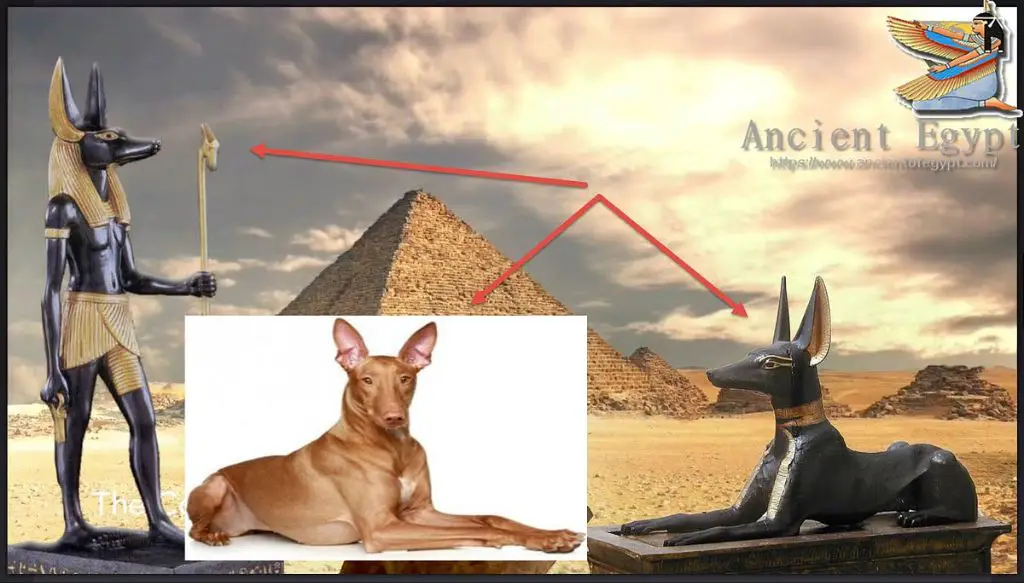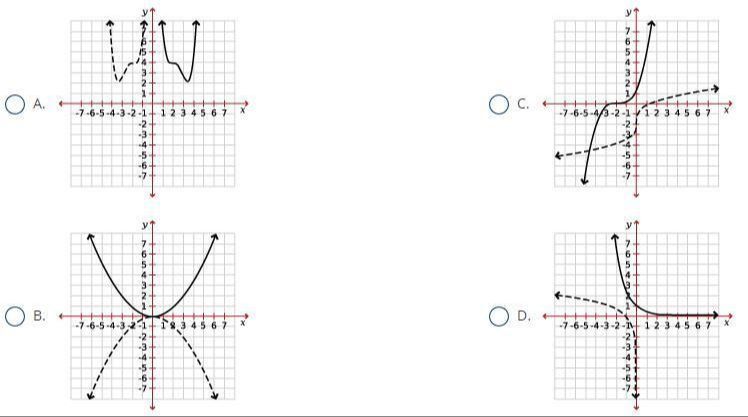Introduction
The concept of time has fascinated humans for millennia. We’ve developed intricate calendars, clocks, and schedules to measure, track, and organize the passage of time. But do our canine companions also perceive the march of the hours and days? There is evidence that dogs do have some sense of time, though likely different than our own.
In this article, we’ll explore what science reveals about dogs’ awareness of time. We’ll look at breeds that seem particularly attuned to timekeeping as well as how dogs can tell time and be trained to do so. We’ll also examine the usefulness and drawbacks of dogs telling time. Finally, we’ll transition to a related mathematical concept – inverse functions – and explain how these functions “reverse” time in a mathematical sense.
So let’s embark on an illuminating journey through time – as experienced by both dogs and mathematicians!
Brief History of Dogs and Timekeeping

Dogs have been utilized to tell time in various ways throughout history. As early as the ancient Egyptians, dogs were used to keep track of the hours by tracking the movement of shadows cast by obelisks or other tall structures (1). This was a precursor to the sundial. The ancient Greeks also observed dogs’ circadian rhythms and ability to anticipate mealtimes as a way to roughly gauge the time of day (1).
Later civilizations developed more sophisticated timekeeping devices like hourglasses and mechanical clocks, but dogs continued to be useful for telling time in their own way. There are many stories of dogs accurately knowing when it was time for their owner to return home from work each day. During the Middle Ages in Europe, watchdogs were kept in town squares to bark and signal the hour by ringing bells with their paws or muzzles (2).
So while dogs may not have been able to read a clock face, their natural instincts and routines have long been intertwined with human efforts to measure time and keep schedules. Dogs remain skilled at discerning patterns related to time simply through repetition and association.
(1) https://wagwalking.com/sense/can-dogs-tell-time
(2) https://wagwalking.com/sense/can-dogs-know-time
Dog Breeds Known for Telling Time

Dogs have been utilized throughout history for various working purposes that showcase their intelligence. When it comes to telling time, certain breeds stand out as having an innate ability or aptitude for learning this skill. According to Intelligence, breeds bred for jobs requiring decision-making, intelligence, and concentration often have the cognitive abilities suited for telling time.
Some of the smartest and most trainable dog breeds that can learn to tell time include:
Poodles – Often ranked as the most intelligent breed, poodles are highly trainable and have a strong work ethic. Their alertness and ability to follow routines makes them adept at learning time-telling behaviors like ringing a bell on the hour. According to The 18 Smartest Dog Breeds, poodles rank #2 in intelligence out of 131 breeds.
Border Collies – This energetic working breed excels at following commands and patterns. Their high trainability means they can associate certain times with actions, making them skilled at telling time. Border collies are often cited as the most intelligent dog breed overall. The 18 Smartest Dog Breeds ranks them #1 out of 131 breeds.
German Shepherds – Known for their police and military work, German shepherds have strong focus, discipline, and ability to learn. Their work ethic and desire to please owners enables them to learn time-based routines. They rank #3 for intelligence in The 18 Smartest Dog Breeds.
How Dogs Can Tell Time

Dogs do not perceive time in the same way humans do, but they have a few methods for sensing the passing of time throughout the day. Their main tools for “telling time” include their internal clock, daily routines, shadows, and sense of smell.
Dogs have a natural internal clock that helps them anticipate when certain events will occur, like mealtimes. According to a study by Northwestern University, dogs’ circadian rhythms make them inherently able to judge roughly when it’s time for certain activities based on their body’s natural cycles. Their internal clock helps them recognize patterns and form expectations around when they’ll be fed, taken for walks, etc.
Following predictable daily routines also assists dogs with distinguishing different times of day. As described in this article from The Dodo, dogs learn when events regularly happen, like getting dinner after their human returns from work. The consistency of daily schedules helps dogs associate certain times with certain activities.
Dogs also use shadows and sunlight to pick up on the passage of time. As explained by Wired, dogs notice when shadows shift directions and use the sun’s orientation to deduce what part of the day it is. Longer shadows and changes in sunlight help cue dogs regarding rough time periods.
Finally, dogs rely heavily on their advanced sense of smell and can detect when new scents are stronger or fading. Dogs associate certain scents with certain times, like the smell of dinner being cooked. Smell offers dogs a major sensory tool for judging increments of time throughout the day.
Training a Dog to Tell Time

Dogs can be trained to tell time by leveraging routines, cues, and rewards. According to the American Kennel Club, dog owners can establish set routines around mealtimes, walks, playtime, and other activities. After following the same routine every day for weeks or months, the dog will come to expect and anticipate the events at certain times.
Trainers can also use cues like alarms, keys jingling, bags being packed, and cars starting to signify to the dog that it’s time for a particular activity. For example, an owner might set an alarm for 7am each morning before taking their dog on a walk. After consistent repetition, the dog will recognize the 7am alarm as a cue that it’s time for their morning walk.
Rewarding with treats is key for reinforcing the connection between cues and routines with the concept of time. If a dog is given a treat when the 7am alarm goes off, they will start to associate that alarm with their walk and get excited in anticipation of their reward.
With enough repetition of cues, rewards, and routines, dogs can learn to tell time quite well. They may head to the door when it’s time for a walk or dinner, or settle down when they know it’s bedtime. Proper training allows dogs to align their behavior and expectations with the passage of time.
When a Dog Telling Time Can Be Useful
Having a dog that can reliably tell time can be very useful in certain situations. One of the most common ways this ability comes in handy is for scheduling regular activities like walks, feedings, and playtime. As pack animals, dogs thrive on routine and consistency. If a dog learns that it’s time for a walk when the clock hits 6pm for example, they can let their owner know it’s time to grab the leash. This eliminates the need for owners to constantly monitor the clock for scheduled events. According to one source, “dogs use odors to tell time” so their powerful sense of smell likely plays a key role in their perception of time (Source: https://www.thedodo.com/dodowell/can-dogs-tell-time).
Service dogs who help people with disabilities are another case where a dog’s ability to tell time is extremely useful. They can remind their handler when it’s time to take medication, provide alerts about scheduled appointments, or any number of time-based tasks. Service dogs receive extensive specialized training to provide this kind of helpful timekeeping (Source: https://www.akc.org/expert-advice/news/can-dogs-tell-time-yes-and-no/). Their innate time perception abilities give trainers a great framework to build upon.
Drawbacks of Dogs Telling Time
While dogs can be trained to tell time to some degree, relying on them as accurate timekeepers does have some drawbacks. According to PetMD, dogs do not perceive time precisely like humans do. Their sense of time passing is based more on signals and cues in their environment.
This means that while a dog may learn when it’s time for a walk based on signals like their owner getting ready to go out, they are not monitoring clocks and perfectly tracking minutes and hours. Their timekeeping abilities require training and reinforcement with rewards, but will likely never be 100% accurate down to the minute.
Additionally, a dog’s perception of time can be influenced by factors like their energy level, hunger, or interest in an activity according to the AKC. A hungry or excited dog may perceive that it’s walk time much earlier than an owner expects based on the clock. So relying solely on a dog’s sense of time can result in some inaccuracies.
With proper training dogs can indicate timed events fairly well like when it’s time for a meal or walk. But expectations need to account for some variability based on the dog’s subjective experience. So while clever, dogs telling time can have limitations in precision and accuracy compared to clocks and calendars.
Transition to Inverse Functions

While dogs keeping time is interesting in its own right, it also provides a natural transition to the related mathematical concept of inverse functions. An inverse function is a function that “undoes” another function. Just as a dog keeping time can help undo our inability to intuitively sense time, an inverse function undoes the action of another function.
For example, consider the function f(x) = 2x. The inverse function would be f-1(x) = x/2, because f-1(f(x)) = x. If we apply the original function f to multiply x by 2, the inverse function f-1 will divide by 2 to get us back to the original x value. Inverse functions reverse each other in this way.
In the next section, we’ll explore inverse functions more formally, including properties, examples, and applications. Understanding inverse functions provides important mathematical insight and tools for solving certain types of problems.
Understanding Inverse Functions
An inverse function is a function that “undoes” another function. Let’s break that down.
In mathematics, a function is a mapping between inputs and outputs. For example, the function f(x) = 2x maps the input x to the output 2x. The inverse function, written f-1(x), maps the output 2x back to the original input x. The inverse reverses, or undoes, the original function.
To find the inverse of a function:
- Swap the x and y variables in the original function
- Solve for y
For example, to find the inverse of f(x) = 2x:
- Swap x and y to get y = 2x
- Solve for y: x = y/2
So the inverse function f-1(x) = x/2 “undoes” the original function by mapping the output 2x back to the input x.
Understanding how to find inverse functions allows solving equations that involve undoing mathematical operations. The mapping between inputs and outputs is reversed by the inverse function.
Source: Inverse function practice problems pdf
Conclusion
In conclusion, while some dogs can be trained to tell time in limited ways, this skill has more novelty value than practical use for most people. Inverse functions, on the other hand, are an important mathematical concept with many real-world applications in fields like engineering, physics, economics, and more. Through exploring examples and analyzing the relationship between a function and its inverse, students gain crucial insight that helps them solve complex problems. Though man’s best friend may entertain with clock-reading tricks, inverse functions unlock the doors to higher mathematics and increased problem-solving ability.
